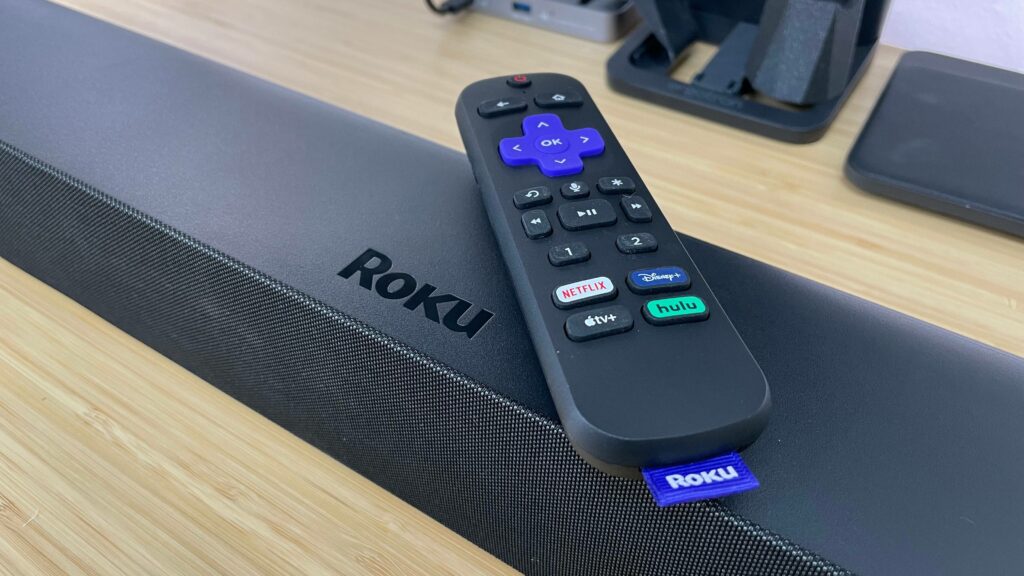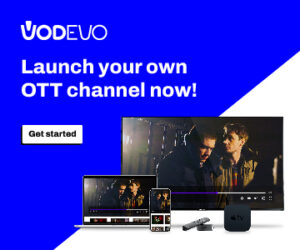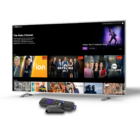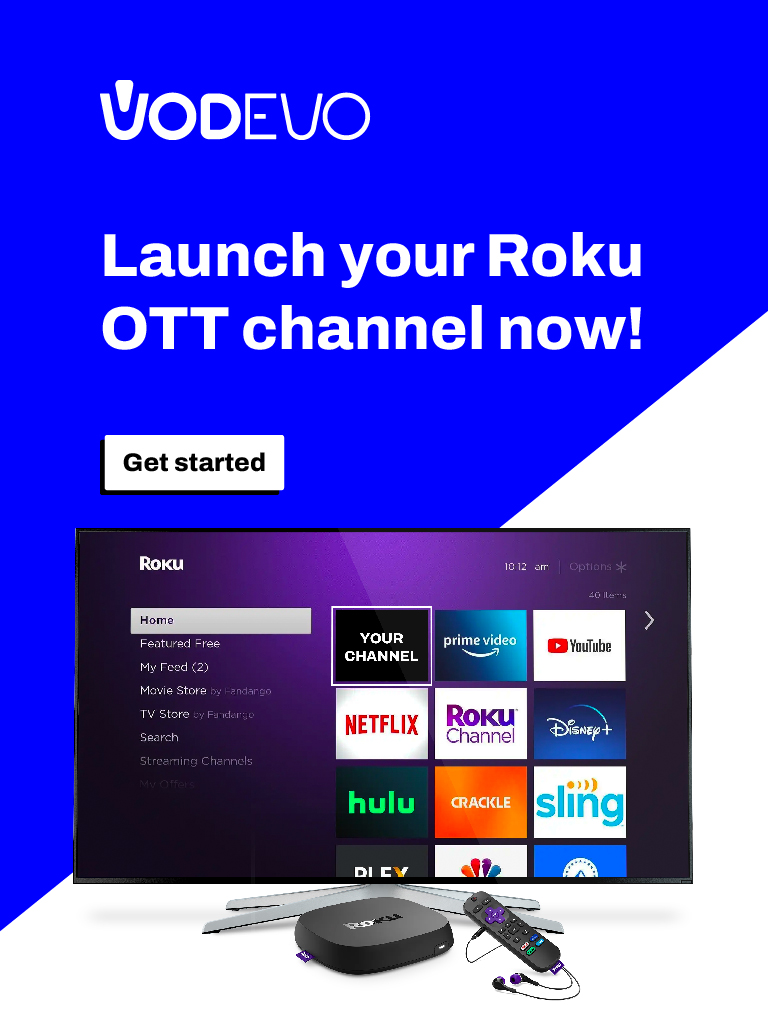The most famous streaming services have had excellent performance in recent years. Something has been interrupted.
Big brands like Netflix, Hulu, HBO Max, Disney+, Apple TV+, Prime Video, Paramount+, and all other “plus” services have changed the way we watch TV, go to the cinema, interact with content, movies, and TV series. This have even changed the way Hollywood’s major producers think about the creation and distribution of feature films.
A revolution that has taken place in a decade and has upset the previous over 100 years of film history and the 70 years of television.
Subscriptions of a handful of euros per month were enough to sweep away everything we knew about content viewing: but now video streaming is changing, once again, radically and profoundly.
Most services are growing, but at significantly slower and less sustainable rates. Howewhere since the gold mine is given by the increase in subscriptions, and therefore paying users.
Perhaps, the tens of billions of dollars spent every year on content are having decreasing returns on investment. Investors in platforms are still certain that video streaming is a great business. But streaming platforms are almost desperately looking for new ways to generate profits.
Investors are no longer sure that streaming is a great deal; streamers are desperately looking for new ways to make money. The golden age of high-quality, high-spending streaming seems to be over. And even “live” events don’t seem to be enough, in fact: even Netflix has trouble providing a decent level of linear streaming experience.
So what do we do now?

A new opportunity has emerged, which does not yet have such expansion as to worry the big platforms. But the phenomenon is to be understood as the classic “weak signal” that deeply revolutionizes the market.
We are at the beginning, and yet it is already powerful: the subscription, at a reduced cost. But with advertising within the content offered. There are free platforms specialized in being supported by advertising: YouTube, Pluto, Roku are of an international level and are having very positive feedback.
So much so that Netflix had to propose a low-cost subscription with advertising. Over a million subscribers, which it may have never had, perhaps not very satisfied but still, in a few months, a response that cannot be overlooked and must be reflected upon.
In fact the advantage of free platforms with advertising is that they do not require any monthly expense: they are large libraries of content consulted by millions of users. And now, as users seek cheaper ways to get their entertainment and studios seek better ways to monetize, they are starting to make more noise because they show the way to increase profits: advertising.
The future of streaming
Upon closer examination, the future of streaming is free or low-cost, with advertisements and more than just collections of content, but rather true channels.
In other words, the return to the future is similar to traditional television business. That is actually the point: users haven’t changed their ways, habits or tastes, they’ve only changed their tool.
When we talk about free streaming services, we’re actually talking about two things. Both have silly acronyms. The first is FAST, which stands for Free Ad-Supported Streaming Television.
These are streaming channels that are always on and programmed, functioning 24/7, and are more or less similar to standard TV channels.
The second is AVOD, or Advertising-Based Video On Demand, which refers to a library of content that you can watch on demand. Netflix and similar services are SVOD, Subscription Video On Demand.
The appeal of free streaming is in its name: it’s free.
An increasingly large percentage of streaming subscribers say they already spend more than they would like on platforms.
In fact Deloitte survey found that 44% of people cancelled at least one paid service in the last six months. Deloitte also found that 59% of users were happy to watch a few ads every hour of content, as long as it meant a cheaper or even free subscription.
That’s why a new evolution or transformation is beginning. Current SVOD (Netflix and the like) are starting to expand their offerings with low-cost subscriptions that provide access to films and TV series filled with advertising.
For example, Netflix has already discovered that it earns more money per user with its ad-supported plan than with traditional subscriptions.
Even Disney+ in the United States has an ad-supported plan. This is also what the new service Max, Peacock, and increasingly the rest of the industry are doing. Ads are the future of the entire streaming market: there is no longer any doubt about it.
However, there is something extraordinarily powerful about truly free streaming services. Because free streamers don’t have to convince you to part with your credit card and charge you 10 euros or more per month. Both the streamer and the user are free to propose and accept content with the agreement that there will be ads but no upfront payments.
This preference of users is also the result of a selection of less engaging content, with series and films that appear with too much time between them. There is a lot of offer but of poor quality, one could say.
Not monthly payments
Not to mention the fact that you pay a monthly subscription and have to wait until Wednesday or Friday to see the new episode of the series that caught your attention: unacceptable. If it were free, there would be no problem. But paying subscribers want all the episodes and right away, choosing to watch them as and when they want.
therwise, on a series of 10 episodes, you have to count on three months of subscription payments (4 per month, for two and a half months) and then find yourself with scripts, acting, and ridiculous stories.
To be more explicit, the third season of The Mandalorian wasn’t worth the wait of all those weeks to end up with farcical and ridiculous episodes that make you want to smash your phone screen.
Concrete example: episode 6 of The Mandalorian (one and a half months into the series) with Joe Black is the lowest point (but perhaps also a bit of a bottom-of-the-barrel moment) ever reached in the last 45 years by any Star Wars-inspired content. It’s embarrassing. And you still have to pay for it.
This “trick” to keep users active has reached its maximum point of tolerability.
The changes in streaming
This changes the way free streamers work in a couple of interesting ways. First, because these platforms have a huge incentive to get you watching something as quickly as possible, they eliminate much of the user interface you see in most streaming apps.
You don’t need to sign in, you don’t need to scroll through all the big banners showing new shows that you’re often not interested in. All that matters is pressing “play.”
Pluto takes it to a really delightful extreme: when you load the app, it automatically starts playing the FAST channel you were last watching. It’s the way turning on the TV used to work: you turn it on and something is already playing.
Free streamers also need their content to be found, which means they tend to play with aggregators and search engines that aim to help users make sense of the streaming world.
Whether you use JustWatch or simply Google to figure out where your desired streaming content is available, free services are typically well-represented.
And if the title you’re looking for is streaming on one of them? You don’t need to start a free trial or type in a password to start watching. Again, just press “play.” Yes, some of your time is sacrificed to see ads.
Customization also tends to be important for these platforms. They don’t care what you watch as long as you keep watching.
Lewinson explains that it’s a way to attract viewers who aren’t looking for the same types of shows as the cultural moment you see everywhere. “Part of our job, through algorithms and merchandising, is to offer the right content to the right viewer, find out what interests them and then serve them more.”
He’s not thinking about how to reach the entire audience but, rather, how to convince each individual person to keep watching.
The basic concept is well expressed by Spotify: the same sets of songs are in the free playlists as in everyone else’s, but it’s the remix and their presentation in a new and different way that engages users.
For example, Pluto boasts a team of 50 different programmers who curate the channels and access guides to these channels.







